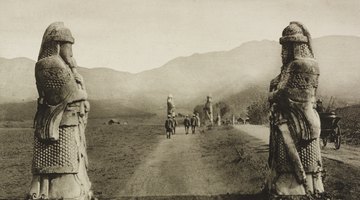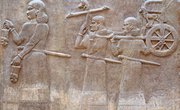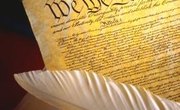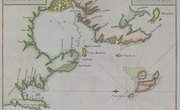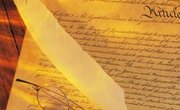The Ming Dynasty, which ruled China from 1368 to 1644, came to power after a century of foreign domination. It was a government led by ethnic Han Chinese that replaced the earlier Mongol Yuan Dynasty. The Ming Dynasty re-instituted the ancient civil service examination to create its political elite within a large hierarchical structure.
Central Bureaucracy
The first Ming emperor, Hung-wu (ruled 1368-98), restored the central bureaucracy of the earlier T’ang government. The most powerful group of bureaucrats in the Ming Dynasty, called the censorates, enjoyed direct access to the emperor. Individual members of this group were called censors or censors-in-chief. Their job was to watch over the bureaucratic agencies to prevent corruption and to report information directly to the emperor.
Civil Service Examination
The emperor’s Ministry of Personnel populated China’s vast bureaucracy using an ancient examination system that tested citizens on subject matter taken from the Confucian Five Classics and Chu Hsi’s Four Books. The scores on the civil service examination determined the citizen’s place in the hierarchy. Most exam-takers did not score high enough to secure official positions and become part of the bureaucratic elite in the Ming Dynasty.
Six Ministries
The Ming Dynasty administered China through its six ministries, each with its own administrative specialty overseeing several subordinate agencies. The Ming Emperor collected taxes through the Ministry of Revenue and hired qualified people to run his bureaucracy through the Ministry of Personnel. The Ministry of Rites was responsible for overseeing official state ceremonies and for the reception of foreign leaders. The Ministry of War was in charge of military administration, the Ministry of Justice ran the government’s legal system, and the Ministry of Works completed public construction projects -- sometimes forcing Chinese citizens to perform labor services for the projects.
Hierarchical Structure
The Ming Dynasty’s civil administration was organized in a hierarchical structure to administer the 13 provinces of China. The Ming Empire had a total of 1,144 local counties by the time it was fully developed. The counties were subordinate to 159 prefectures, which were themselves accountable to the provincial administration office within their province.
The 13 provincial administration offices had to share control of their respective provinces with other agencies, including the provincial surveillance office and the regional military commission. Together these offices were known as “the three provincial offices.” The provincial offices would report to the six ministries, typically through intermediaries called grand coordinators and supreme commanders.
Related Articles
References
Writer Bio
Brian Gabriel has been a writer and blogger since 2009, contributing to various online publications. He earned his Bachelor of Arts in history from Whitworth University.

